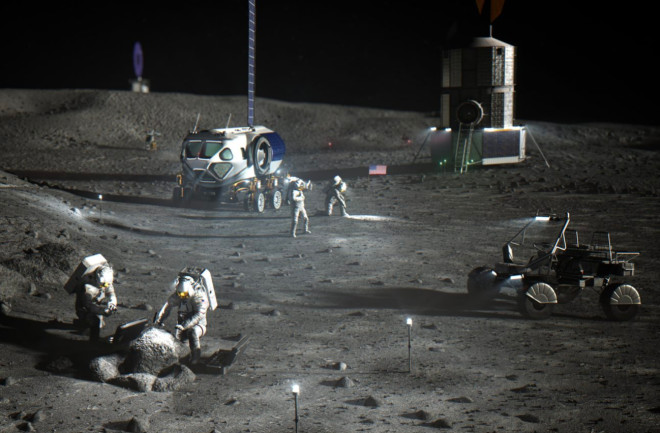Living on the same planet we originated on, it’s easy to overlook how fortunate we are. We have an abundance of resources like fuel, water, plants, and animals, as well as an atmosphere filled with oxygen. However, despite this abundance, we have ambitious plans to venture beyond our world. In the coming years, humanity aims to explore the solar system in great detail, with plans to establish a base on the moon through NASA’s Artemis mission and even send the first astronauts to Mars. But here’s the catch: space lacks oxygen. This poses a challenge for scientists and engineers who must find ways to provide essential resources to those who will venture to these alien worlds. Since resupply missions or resource extraction may not be possible, the production and recycling of life-supporting fuels become crucial.
One commonly used device for producing oxygen and hydrogen in space is the water electrolyser. It splits water into oxygen and hydrogen using electricity, converting electric energy into chemical energy that can serve as fuel or an oxygen supply. However, a recent study explored the potential of using a photoelectrochemical (PEC) device as the primary system for generating hydrogen and fuel in space. Katharina Brinkert, a co-author of the study from the University of Warwick, explains that a PEC device operates similarly to natural photosynthesis by integrating light absorption, charge separation, and catalysis processes. These new devices offer potential advantages, such as reducing weight and size during payload launches from Earth and providing a more energy-efficient method for producing oxygen and hydrogen compared to water electrolysis. Brinkert also highlights their capability to combine oxygen production with carbon dioxide removal and fuel generation, making them highly advantageous for space applications when combined with solar concentrators.
Apart from the PEC device, there are alternative methods for producing oxygen in space. One example is the Mars Oxygen In-Situ Resource Utilization Experiment (MOXIE), an oxygen-producing module on a Mars rover. MOXIE directly converts carbon dioxide from the Martian atmosphere into oxygen through an electrolyser, although its oxygen yield has been modest thus far. Researchers are also exploring possibilities for extracting oxygen from the soil on Mars and the moon. However, they face significant challenges, such as dealing with toxic chemicals present in the soil.
Life support systems in space extend beyond the production of oxygen. In addition to creating breathable air and fuel, future missions to Mars will require efficient wastewater recycling systems and the ability to source local materials for equipment repair. Moreover, psychological well-being is a critical factor to consider. NASA is already conducting simulations to observe human behavior in confined spaces and in environments far away from immediate assistance, surpassing any previous experiences. Once we develop technology that caters to our logistical, physical, and psychological needs, we will be one step closer to turning our dreams of exploring other worlds into a reality.
